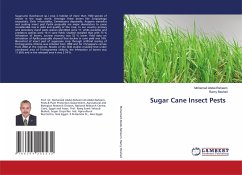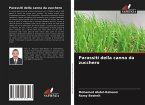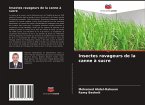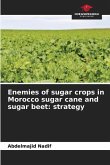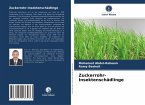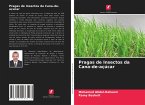Sugarcane (Saccharum sp.) crop is habitat of more than 1500 species of insects in the sugar world. Amongst these borers like Scirpophaga excerptalis, Chilo infuscatellus, Emmalocera depresella, Acigona steniellus and sucking insect pest Pyrilla perpusilla are major devastators to cause considerable loss in yield and quality of the crop. In our country primary and secondary insect pests species identified were 11, while parasites and predators species were 14 in cane fields. Studied revealed that with 75 % infestation of borers, sucrose recovery was 52 % lower. Field data on infestation of Pyrilla perpusilla showed that decline in cane yield was 18%. Biocontrol of insect pest of sugarcane crop through artificial rearing of Trichogramma chilonis was initiated from 1999 and for Chrysoperla carnea from 2002 at the institute. Results of the field studies revealed that under unreleased area of Trichogramma chilonis, the infestation of borers was 11.65% and in the released area it was 2.74 %.
Bitte wählen Sie Ihr Anliegen aus.
Rechnungen
Retourenschein anfordern
Bestellstatus
Storno

